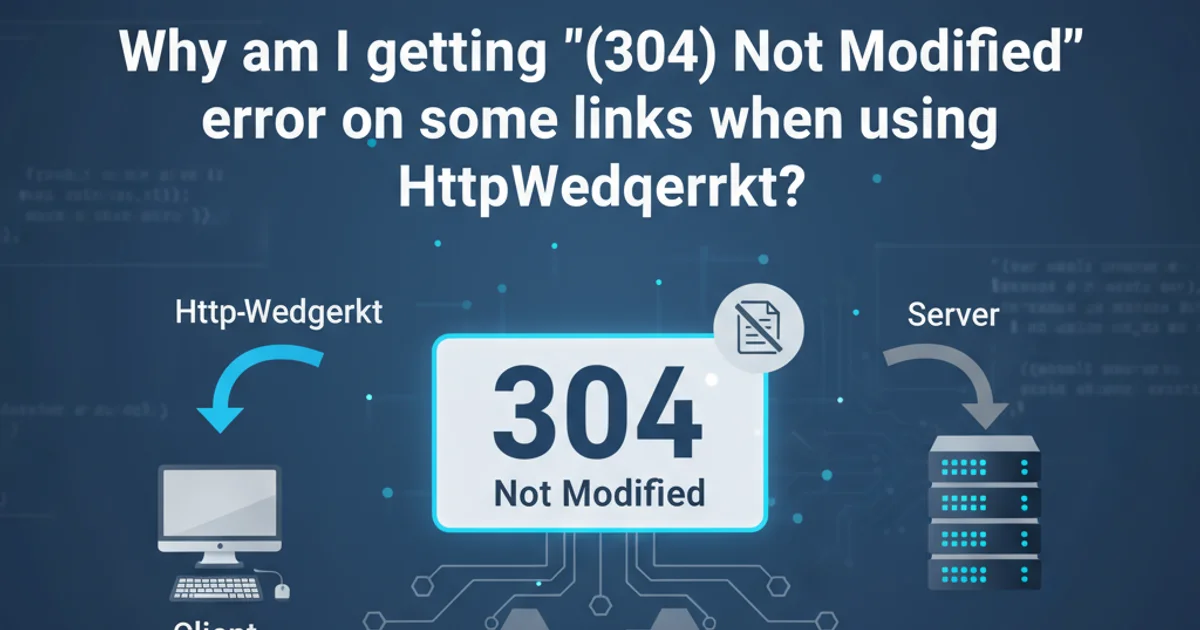LinkedIn API - get information about my ALL Connections
Categories:
Accessing Your LinkedIn Connections: A Comprehensive Guide

Learn the current capabilities and limitations of the LinkedIn API for retrieving information about your connections, including best practices and alternative approaches.
The LinkedIn API is a powerful tool for developers to integrate their applications with the LinkedIn platform. However, accessing user connection data has evolved significantly over time due to privacy concerns and API policy changes. This article will guide you through the current landscape of retrieving information about your LinkedIn connections, highlighting what's possible and what's not, along with practical steps and considerations.
Understanding LinkedIn API Access to Connections
Historically, the LinkedIn API offered extensive access to a user's first-degree connections, including detailed profile information. However, LinkedIn has progressively restricted this access to enhance user privacy and prevent data misuse. As of recent API versions, direct programmatic access to a comprehensive list of a user's all connections with their full profile details is no longer available for most standard developer applications. The API primarily focuses on allowing users to share content, manage their own profiles, and interact with their network in a controlled manner.
flowchart TD
A[User Authorizes App] --> B{App Requests Connections API}
B --> C{LinkedIn API Policy Check}
C --"Standard Access (Limited)"--> D[Access to User's Own Profile & Basic Network Interactions]
C --"Partner Program (Restricted)"--> E[Potential for More Granular Access (Requires Approval)]
D --> F[Cannot Retrieve All Connection Profiles Directly]
E --> G{Specific Use Case Approved?}
G --"Yes"--> H[Limited Connection Data Access]
G --"No"--> FLinkedIn API Connection Access Flow
Current API Capabilities for Network Interaction
While direct bulk retrieval of connection profiles is restricted, the LinkedIn API still provides valuable functionalities related to a user's network. These typically revolve around the authenticated user's own profile and their direct interactions. For instance, you can often retrieve the authenticated user's own profile, post updates, and manage certain aspects of their presence on LinkedIn. The focus is on the user's activity and self-management within their network, rather than comprehensive data extraction of their connections.
const axios = require('axios');
async function getMyProfile(accessToken) {
try {
const response = await axios.get('https://api.linkedin.com/v2/me', {
headers: {
'Authorization': `Bearer ${accessToken}`,
'cache-control': 'no-cache',
'X-Restli-Protocol-Version': '2.0.0'
}
});
console.log('My Profile Data:', response.data);
return response.data;
} catch (error) {
console.error('Error fetching profile:', error.response ? error.response.data : error.message);
throw error;
}
}
// Example usage (replace with your actual access token)
// getMyProfile('YOUR_ACCESS_TOKEN');
Example of fetching the authenticated user's own profile data using the LinkedIn API.
Alternative Approaches and Considerations
If your application requires access to connection data beyond what the standard API provides, you might need to explore alternative strategies, keeping LinkedIn's policies in mind:
- LinkedIn Partner Programs: For specific, high-value use cases (e.g., recruiting platforms, CRM integrations), LinkedIn offers partner programs that may grant more extensive API access. This typically involves a rigorous application process and adherence to strict data usage policies.
- User-Driven Data Export: LinkedIn allows users to export their own data, including their connections, from their privacy settings. This is a manual process initiated by the user and is not programmatic. Your application could guide users to perform this export and then upload the data to your system, but this requires explicit user action and consent.
- Focus on User Consent and Privacy: When designing any application that interacts with LinkedIn, prioritize user consent and data privacy. Clearly communicate what data you are accessing and why. This builds trust and ensures compliance with regulations like GDPR and CCPA.
It's crucial to regularly review the official LinkedIn Developer Documentation for the most up-to-date API policies and available endpoints, as they can change frequently.
1. Review LinkedIn Developer Documentation
Before starting any development, thoroughly read the latest LinkedIn API documentation to understand current access levels and restrictions for connection data.
2. Apply for Necessary Permissions
If your use case requires more than basic profile access, explore LinkedIn's partner programs and apply for the specific permissions needed, detailing your application's purpose and data handling.
3. Implement User Authorization
Ensure your application correctly implements the OAuth 2.0 flow for user authorization, requesting only the necessary scopes (e.g., r_liteprofile, w_member_social).
4. Handle API Responses Gracefully
Be prepared to handle API responses that indicate limited access or errors, and provide clear feedback to your users about what data can and cannot be retrieved.